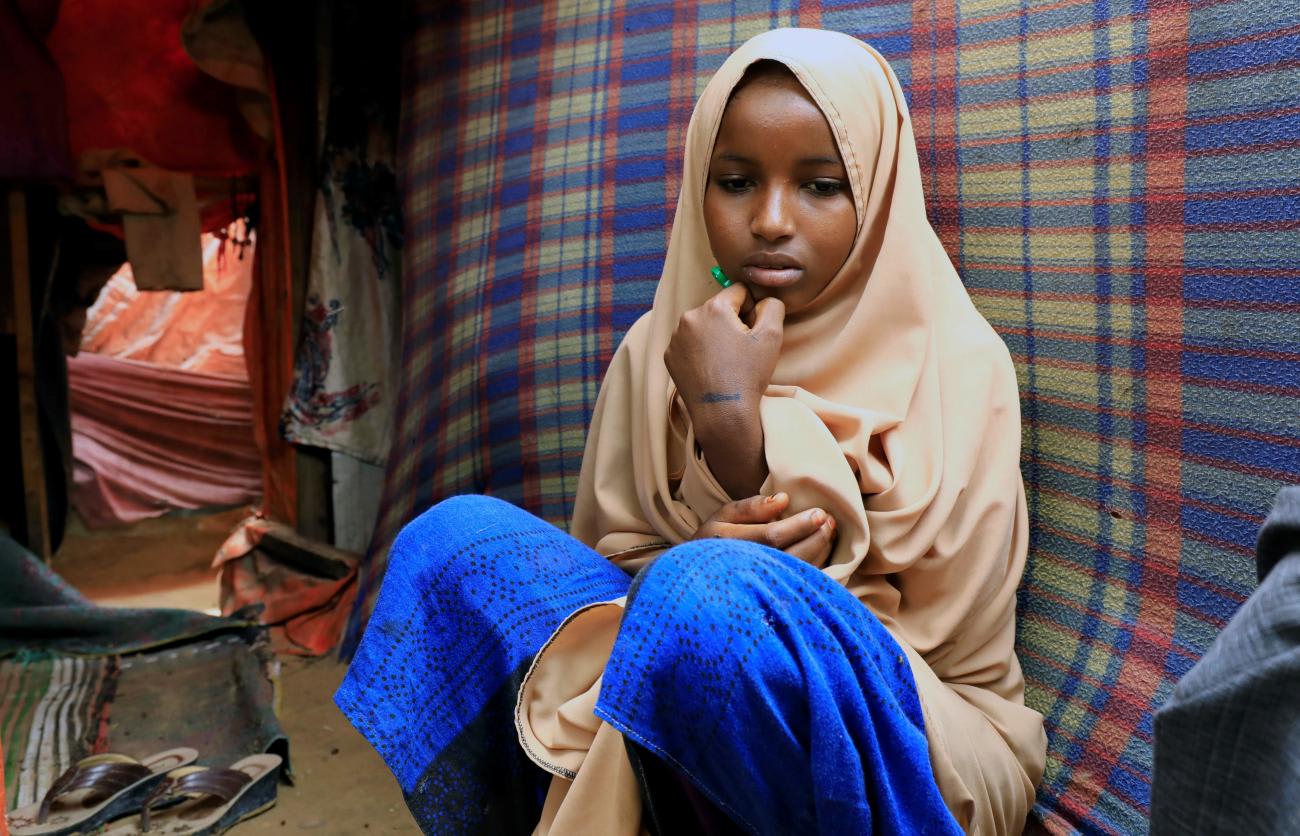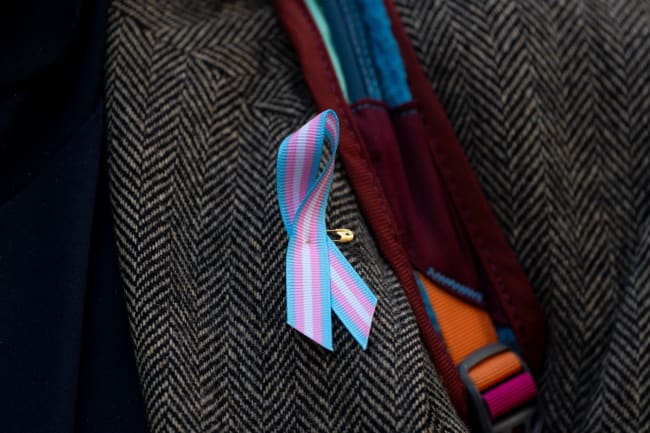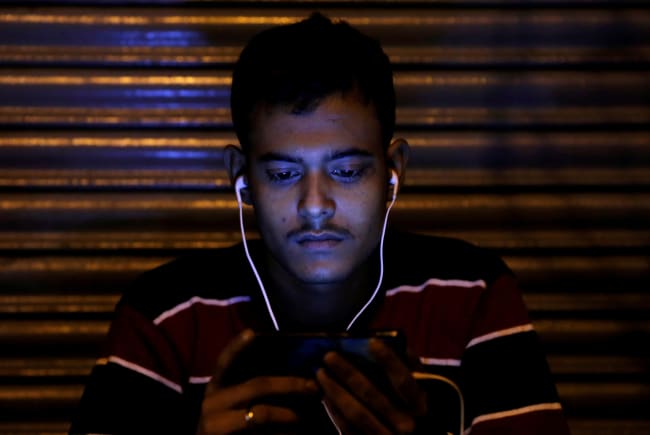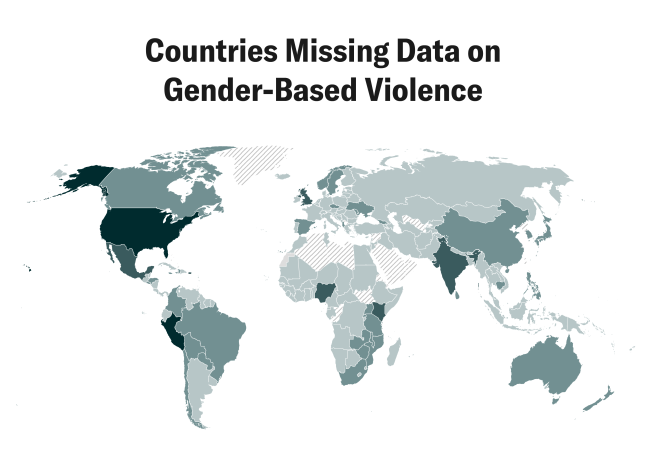The rights of women and girls should be non-negotiable — yet they are constantly on the negotiating table, and too often on the chopping block. Women and girls must have the ability to make their own choices, particularly regarding sexual and reproductive health, which is essential for realizing full gender equality and women's empowerment. But for too many women and girls, choice remains an elusive dream.
Somewhere today, a five-year old girl overhears her parents complain that a girl is nothing but a burden compared to a son. In a few years, they may seek to ease that burden by marrying her off to a much older man. Somewhere else, an adolescent girl is waking up to discover that, as part of a rite of passage, she will be forever wounded by female genital mutilation.
These scenarios take place repeatedly, day after day, around the world. Alarmingly, they become more frequent when resources become scarce, such as during the current pandemic. They are rooted in gender inequality and attempts to control women's bodies and lives. The data paint a bleak picture:
- Worldwide, only 55 percent of women can make their own decisions about sexual relations and use of contraceptives.
- One woman in three will experience the trauma of violence in her lifetime.
- Last year alone, 280,000 adolescent girls and young women were newly infected with HIV, most of them in Africa.
- More than 800 women still die every day from preventable complications of pregnancy and childbirth.

Now COVID-19 threatens to set women back even further. Gender-based violence has skyrocketed during the pandemic. Child marriage, female genital mutilation, and adolescent pregnancy are all on the rise. Everywhere in the world, rich or poor, women and girls are experiencing a shadow pandemic of sexual and gender-based violence. The COVID-19 pandemic is likely to slow progress towards the goal of ending gender-based violence before 2030 by a third. It has disrupted programs aimed at ending child marriage and had wide-reaching economic consequences, including on household income, which together could result in an additional 13 million child marriages over the next decade.
Women and girls are also having trouble accessing life-saving sexual and reproductive health services. At the start of the pandemic, the United Nations Population Fund (UNFPA) estimated if lockdowns were to last six months, the resulting health service disruptions could prevent 47 million women in low- and middle-income countries from accessing modern contraceptives, potentially leading to a staggering seven million unintended pregnancies. Nearly one year on, we see these predictions playing out in countries around the world.
Adolescent girls who face the greatest barriers to accessing services
An analysis of data from six Latin American and Caribbean countries shows that it is adolescent girls who face the greatest barriers to accessing services, with projections of half a million more teen pregnancies over the course of the pandemic.
In Kenya, there has already been a spike in teenage pregnancy. Girls who once accessed free menstrual hygiene products at school can no longer do so when the schools are closed. To pay for necessities, some are resorting to transactional sex. Public health restrictions on mobility may make girls even more vulnerable to sexual coercion.
In Haiti, movement restrictions and fear of contracting the coronavirus have stopped some pregnant women from seeking antenatal care, leading to an increase in pregnancy-related complications and deaths.
After mobility restrictions were recently introduced in Zimbabwe, there was a reported tripling of cases of gender-based violence. In Mongolia, reports of domestic violence increased 50 percent, and in Ukraine, calls to the national domestic violence hotline increased 72 percent over the pre-COVID-19 period.

Gender influences the impact of the pandemic in other ways. Women, who account for 70 percent of the health and social sector workforce, are feeling the disproportionate impact of COVID-19. Midwives and others who may not be considered essential workers are suffering from a scarcity of personal protective equipment. As children stay home and family members fall ill, women also typically bear the burden of caring for them.
Because of the roles women play in their communities, they are often in a good position to spot local public health trends, including those that foreshadow an outbreak. But during the COVID-19 pandemic, in most cases women have not been fully engaged in decision-making processes and the planning and implementation of disease surveillance, detection, and prevention interventions. Prior to the pandemic, UNFPA set and still aims to achieve three lofty goals for women and girls by 2030:
- Zero unmet need for contraception
- Zero preventable deaths in pregnancy and childbirth
- Zero gender-based violence, including harmful practices such as child marriage
Achieving these ambitious goals requires a powerful combination of political will, financial resources, and disaggregated data to track results. It also demands broad support and engagement from government, the private sector, civil society and local communities, including grassroots women's organizations, disabilities groups, faith leaders and others.
The need to increase and broaden our engagement is more critical than ever
One year into the pandemic, our collective resolve to make these 'three zeros' a reality must not waver. With our partners, UNFPA estimates that it will require around $26.4 billion annually through 2030 to achieve these goals. This is far in excess of current investments, and these resources will be even harder to come by as countries grapple with the economic fallout of COVID-19. The need to increase and broaden our engagement is more critical than ever.
COVID-19 recovery and response plans can only be effective if they properly address the needs of women and girls and ensure that sexual and reproductive health and rights are prioritized. This is essential if we are to keep moving forward. Women must have the power to participate in decision making, and leadership at all levels must be held accountable to make sure power and financing flow in the right direction – into the hands of local communities.
The pandemic reveals a stark truth: human fates are intertwined, yet our common fabric remains alarmingly fragile. When the health, education, and human potential of women and girls are diminished, so too is humanity.

Already there are signs that the consequences for young people, who form the demographic majority in developing countries, will be dire, particularly for girls. Additional investments in health, education and development can save millions of lives, provide women and girls the services they need, and yield economic benefits an order of magnitude greater than their cost. However, if these investments do not occur immediately, it will pose a danger. Future inclusive growth and sustainable development may wither on the vine rather than blossoming into prosperity. It would be tragic if that opportunity for recovering better were missed.
Even in the face of pandemic-related adversity, we cannot step back from keeping promises made to women and girls. We must act swiftly and in solidarity so that every adolescent girl everywhere – no matter what her circumstances – has a fighting chance to survive, healthy and safe, and reach her full potential.












